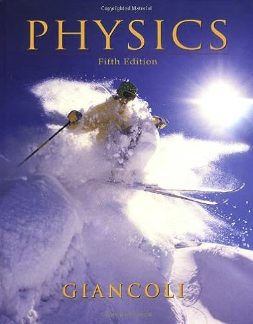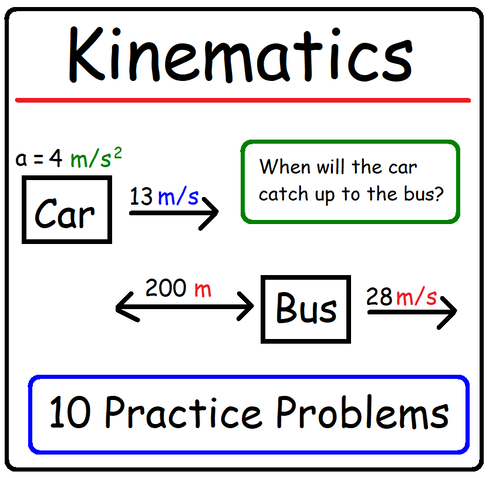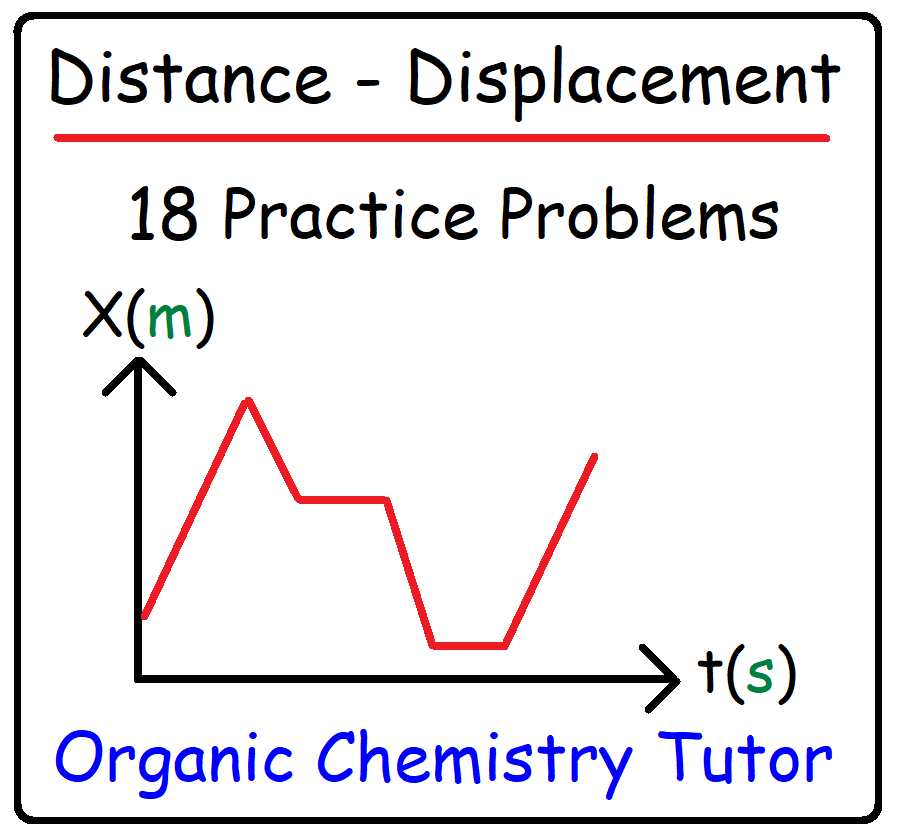|
This physics video tutorial focuses on kinematics in one dimension. It explains how to solve one-dimensional motion problems using kinematic equations and formulas with objects moving at constant speed and with constant acceleration.
Full 1 Hour 52 Minute Video: https://www.patreon.com/MathScienceTutor Direct Link to The Full Video: https://bit.ly/3jKJoPj PDF Worksheet - 10 Questions: https://bit.ly/3WM9Wyo What Is The Difference Between Speed and Velocity? Speed tells you how fast a car is moving. Velocity tells you how fast a car is moving and where it's going. Speed is a scalar quantity which means it's represented in terms of magnitude and not direction. Velocity is a vector quantity that has both magnitude and direction. Speed is always positive. Velocity can be either positive or negative. Instantaneous speed is the absolute value of Instantaneous Velocity. Speed represents the rate at which the distance an object travels changes. If a car is moving at 15 m/s, this means that it will travel a distance of 15 meters in one second. In 2 seconds, it will travel a distance of 30 meters. Velocity is the rate at which displacement is changing with respect to time. The velocity is negative if the car is moving to the left (west) or if it's moving down (south). It's positive if the car is moving to the right (east) or moving up (north). Acceleration is the rate at which the velocity of an object is changing with respect to time. An acceleration of 8 m/s^2 tells you that the velocity of the object is increasing by 8 m/s every second. In 2 seconds, the velocity will increase by 16 m/s. In 3 seconds, the velocity will increase by 24 m/s. When the acceleration is positive, the velocity of the object is increasing. The velocity of the object is decreasing whenever the acceleration is negative. If the acceleration is equal to zero, the velocity of the object is constant. It's not changing. The object may be rest (v = 0) or it may be moving at constant speed in a straight line. By the way, if an object moves at constant speed, the acceleration will be zero unless the object is turning. An object that turns at constant speed is experiencing a centripetal acceleration which points toward the center of curvature. Distance, Displacement, Average Speed, & Average Velocity: https://www.video-tutor.net/distance-and-displacement.html 2-Stage Rocket Problem - Kinematics: www.video-tutor.net/2-stage-rocket-problem.html Introduction to Acceleration and Velocity: https://www.video-tutor.net/acceleration-and-velocity.html Video Playlists and Final Exam Videos: www.video-tutor.net/ |




